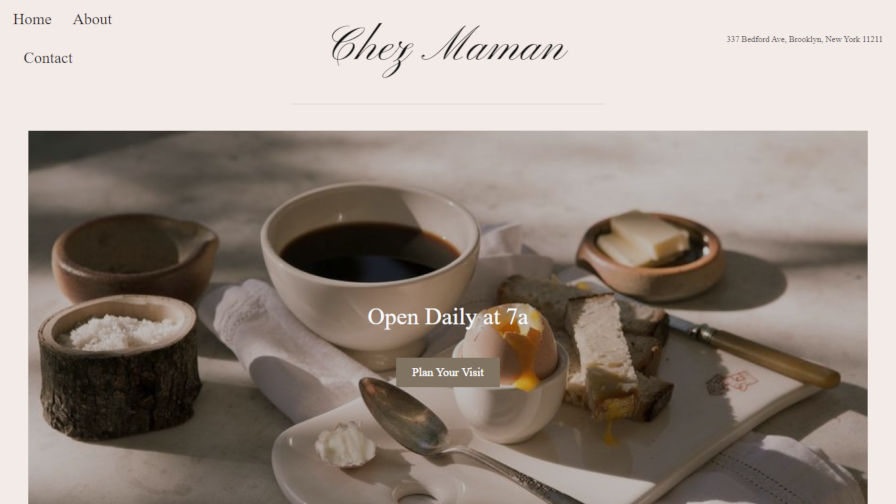As the WordPress theme review team wound down their team meeting yesterday, they were finalizing what their focus area for 2020 would be. The general agreement among members was that block-based themes should be at the top of the list. There was some pushback from a minority that did not want to see block-based themes at all. The reality is that themes will be changing in the next year or two.
As a team, this is the group of people who will ultimately need to set guidelines based on something WordPress has never done before. They will also need to work diligently to bring theme authors up to speed on how themes of the future will be built.
At this point, there are many unknowns, but work on tickets for full-site editing is happening at a quick pace.
Allan Cole, Theme Imagineer at Automattic, later invited team members to get involved with the Theme Experiments project on GitHub. It is a way for developers in the WordPress community to help steer the theme-development ship. Currently, the repository is fairly bare-bones and represents only the early work toward creating themes from blocks. Each sub-directory in the repository will be an individual experiment that explores creating themes using blocks or block templates.
The initial documentation for block-based themes was introduced in early December 2019. Since then, a handful of contributors have put together some working theme examples to get the ball rolling.
The repository is open to contributions from anyone. This would be a good moment for members of the larger theme development community to start sending in pull requests to share their experiments.
To test any of the experiments in this repository, you need to be running the latest version of the Gutenberg plugin. You must also enable the “Full Site Editing” and “Full Site Editing Demo Templates” options from within the plugin’s “Experiments” screen.
Parisienne Theme

Currently, the only approved theme experiment is the Parisienne theme. It’s a test of how block templates and template parts work. A live demo of the theme is available.
Don’t expect to be blown away. There are many missing pieces in the Gutenberg plugin, such as blocks for displaying posts and similar items. The idea is to explore how templating will work and provide feedback to the Gutenberg development team.
One major concern I have at this point is the flat nature of the two sub-directories for housing templates and template parts. With the seven template part files in this theme, I worry that we are not learning from the mistakes of the past. The sub-folders could become unruly, particularly /template-parts, and house dozens upon dozens of files in a real-world scenario. This is no different from how themes currently work other than the location of the template files. Now would be a good time to reimagine the folder structure and optimize the organization of theme templates. For example, group sidebar templates under a /template-parts/sidebar folder instead of dumping everything into one location.
Twenty Nineteen and Twenty Twenty

The repository has two open pull requests for experimenting with blocked-based versions of the Twenty Nineteen and Twenty Twenty default themes. Of the two, the Twenty Nineteen Blocks theme seemed the least broken, despite the original not being designed specifically for the block editor.
Porting the most recent default WordPress themes is important because it provides theme authors a way to compare how old methods of handling features will work in the new block system.




